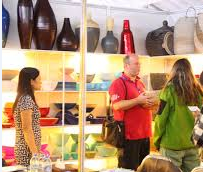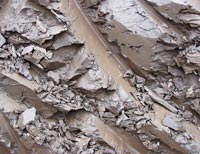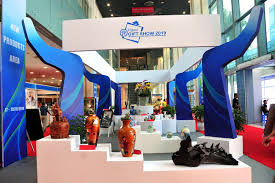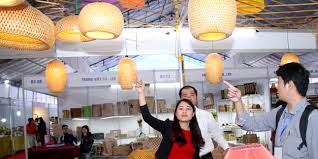Clay or clay is a term used to describe a group of minerals phyllosilicat hydrated aluminum (see clay minerals), usually with a diameter of particles less than 2 μm (micrometres). Including clay minerals phyllosilicat rich oxides and hydroxides of silicon and aluminum and includes a large number of countries involved in the structure and varies clays. Clay is generally created by chemical weathering of silicate rocks contain the effects of carbonic acid but some clays Left is formed by hydro thermal activity. Clay is distinguished from other particles in the soils under other land, such as silt by their small size, shape or shading class, the ability to smoke as well as high viscosity index.
The different resources, people divide the clay into three or four main groups as follows: kaolinite, smectit-Montmorillonite, Illite and chlorite (last group is not always considered part of the clay and sometimes classified as a separate group, within phyllosilicat). There are about 30 types of clay 'pure' difference in these groups, but most clay 'natural' is the mixture of different types, along with other minerals have weathered.
Montmorillonite, with chemical formula (Na, Ca) 0.33 (Al, Mg) 2Si4O10 (OH) 2 • nH2O, usually a product made from weathering of rocks poor silica. Montmorillonite is a member of the group smectit and major components of bentonite.
Clay slabs are found in clay with layers of make clear is that every year, are formed by seasonal differences in erosion and organic matter content. This type of sediment is common in the period from the old glacial lake ice.
Using clay
Clay is high flexible when wet, which means it is easy to create forms by hand. When dry it becomes more solid and when they are "baked" or hardened by high temperature solid clay into eternity. This gives the clay into a high ideal to make pottery with high durability, used both in practical purpose and used for decorations. With different types of clay and different heating conditions, people get earthenware, pottery and porcelain. Human beings have discovered the useful properties of clay from prehistoric times and one of the earliest artifacts that is known to the average water containers made from clay is dried under the sun . Depending on the compounds in the soil, clay can have many different colors, from white, gray to dark red-orange.
Clay is baked in the fire have created links to pottery first and now it is still one of the cheapest materials to produce and most widely used. Brick, tile, and bone from pot soil, and artifacts from the land of art, dishes, family and even spark instruments such as ocarina forums are made from clay. Clay is also used in many industries, such as paper production, cement, ceramics and chemical filters.
Danh mục sản phẩm
Liên kết website
Nguyên liệu
Trang chủ » Nguyên liệu » Natural material
( - 25/09/2009 )
Tin tức
 Vietnamese
Vietnamese  English
English 


 In trang
In trang  Quay lại
Quay lại 
 Chủ sở hữu và chÃnh sách giao dịch
Chủ sở hữu và chÃnh sách giao dịch

